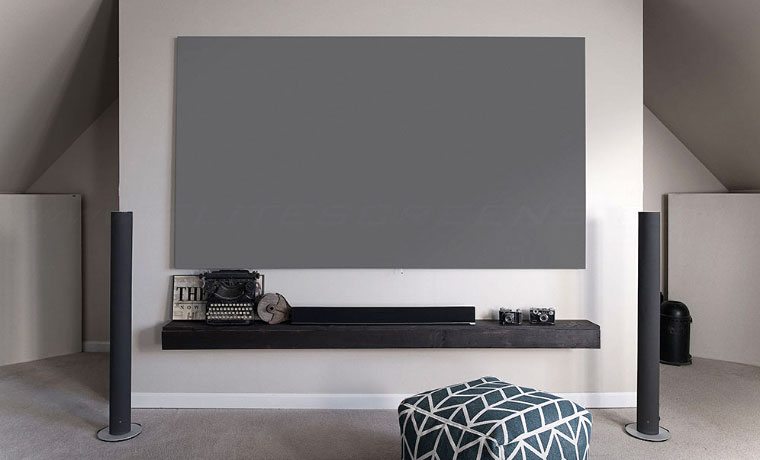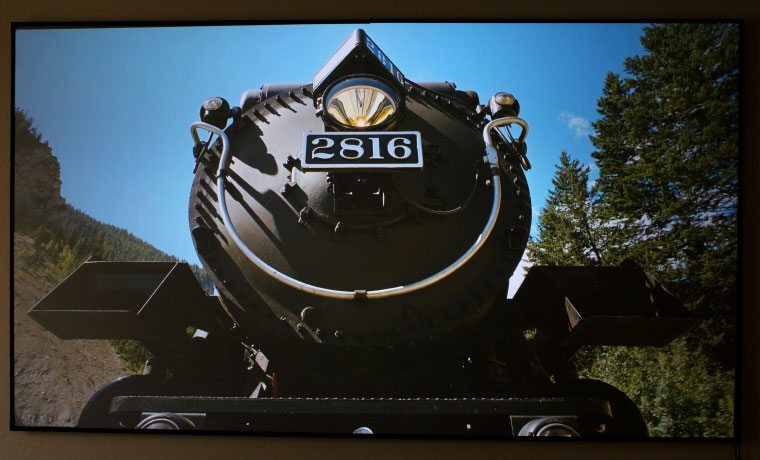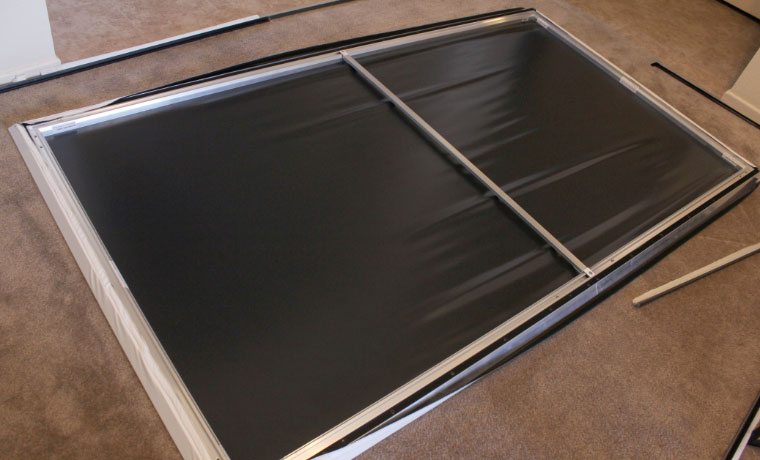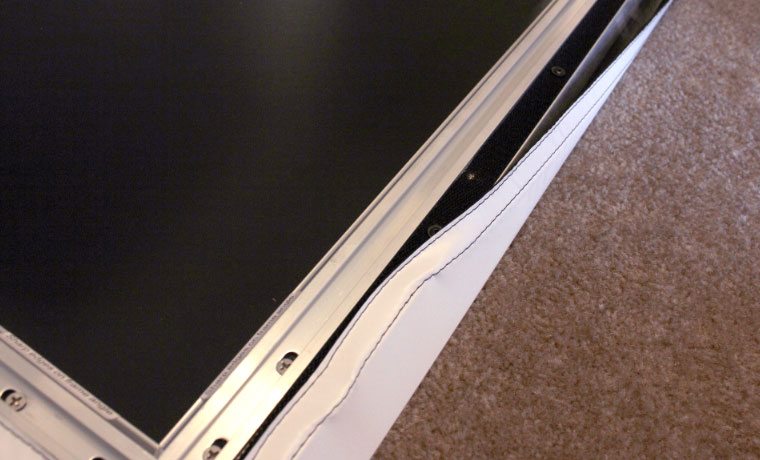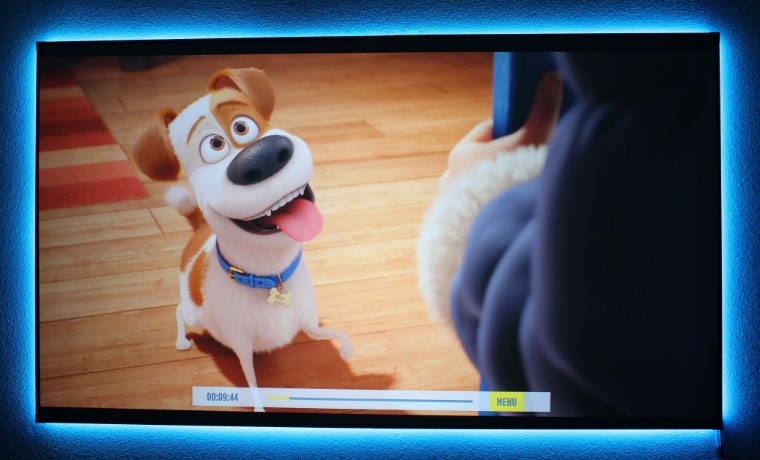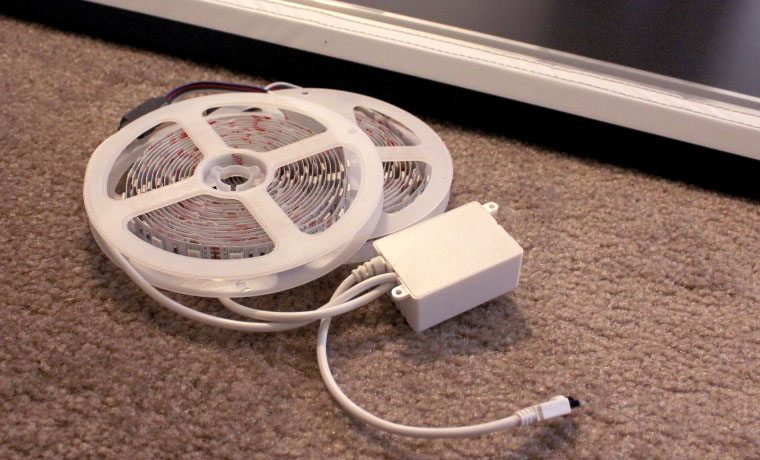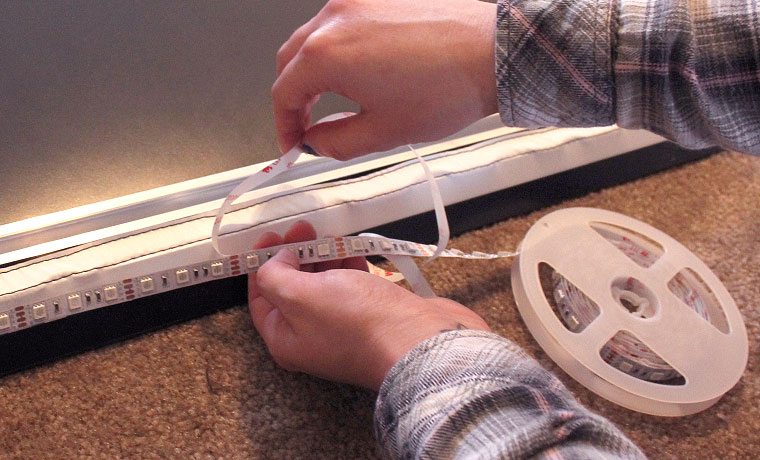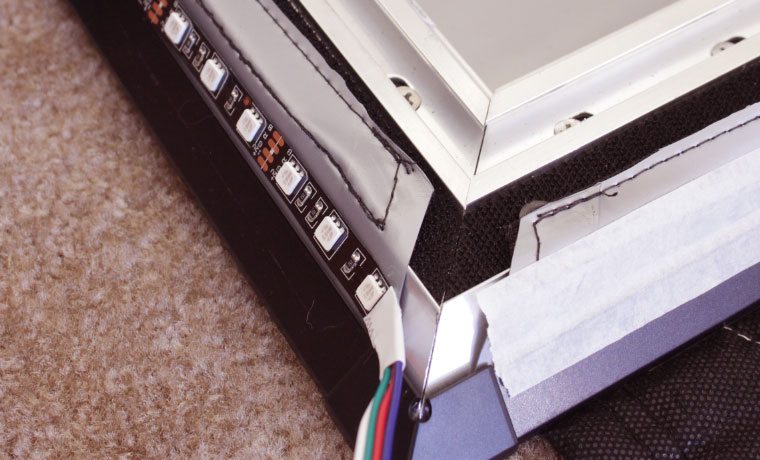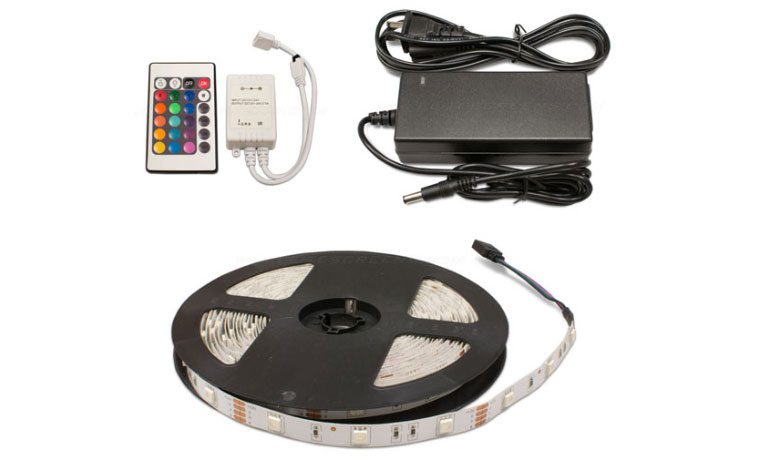Bright rooms with ambient light have been a problem for projector fans for what seems like the dawn of time. Whether you’re using the projector for primarily home entertainment, home theater, business/education/house of worship applications, or just trying to project a slideshow at your baby’s first birthday, washed out images are never desirable. But what can you do when there’s no more shades to draw (or worse, no shades) to combat the remaining ambient light blasting your screen?
Art loves to talk about pairing the right screen with your projector, and for good reason. The right screen can mean the difference between a dull image and the vibrant one you deserve. Elite Screens has an angular reflective front projection screen material called CineGrey 3D that is designed to reject ambient light. That’s right. Your screen can mean the difference between an ambient light nightmare or your projector dreams come true. The CineGrey 3D screen material is the subject of this review, and we'll get into that in a second. First - some background.
Elite Screens is a major player in the projector screen market. Their screens are lower cost than most "big names," making them an affordable solution for your screen needs. The company does a lot of their manufacturing in China and Taiwan, and also uses Japanese and European-made screen materials for their top-of-the-line products. Da-lite, Stewart Filmscreen, Screen Innovations, etc. are US made, and that always costs more. Though manufacturing overseas does save on costs, it's not what gives Elite such a distinct advantage on pricing: Elite Screens mass-produces the most common screen sizes and aspect ratios, and leaves the made-to-order market entirely to their competitors.
We rarely review screens, so treat our screen reviews as more of "end user reviews," in that we don't get to compare screens side by side. That said, enjoy the review!

